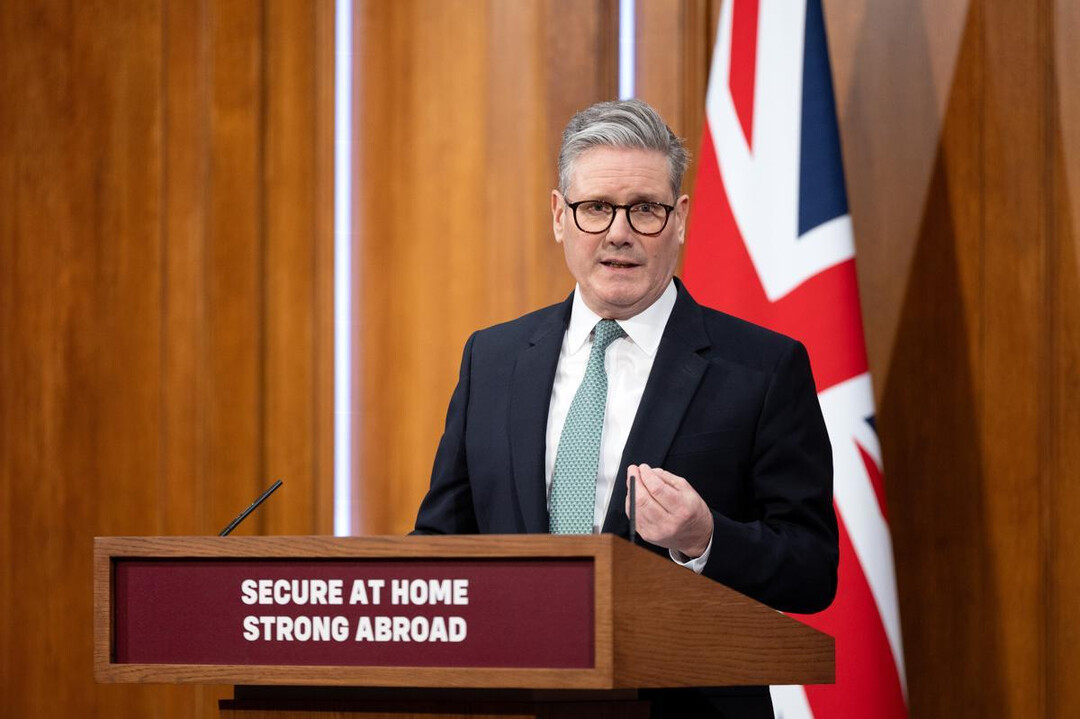
LONDON – The United Kingdom has announced ambitious plans to significantly increase its defence spending, targeting an allocation of 3% of its Gross Domestic Product (GDP) by 2034. This commitment signals a substantial uplift from the current 2.3% of GDP, underscoring a growing recognition of evolving global threats and persistent pressure from allies, particularly the United States.
Defence Secretary John Healey, in a statement to The Times, asserted, "In the next Parliament, the UK will be spending 3% of GDP on defence." He emphasized that this target is not merely aspirational but a realistic necessity, noting that key policies outlined in the UK's forthcoming "10-Year Defence Plan," expected to be unveiled on July 2, would be difficult to implement without a corresponding increase in defence expenditure. This plan is anticipated to detail strategic investments across various domains, including naval capabilities, air power, cyber defence, and advanced technologies, alongside efforts to bolster recruitment and readiness.
The announcement aligns with earlier pledges made by Prime Minister Keir Starmer. In February, Starmer had already articulated a phased approach, committing to raise defence spending to 2.5% of GDP by 2027, with a further increase to 3% during the subsequent parliamentary term, commencing in 2029. This consistent messaging from both the Prime Minister and the Defence Secretary underscores a cross-party consensus on the need for enhanced defence capabilities, driven by a deteriorating international security landscape.
The decision to escalate defence spending comes amidst heightened geopolitical tensions, most notably the ongoing conflict in Ukraine, which has underscored the importance of robust conventional defence capabilities. The United States has consistently urged NATO allies, including the UK, to boost their defence outlays, emphasizing burden-sharing within the alliance. The UK's current spending already exceeds NATO's 2% of GDP target, but this new ambition positions it among the alliance's top defence spenders, second only to the US in absolute terms.
While the exact funding mechanisms for this substantial increase remain to be fully detailed, the commitment signifies a strategic pivot towards a more assertive defence posture. The move is expected to bolster the UK's influence on the global stage, enhance its capacity to deter aggression, and strengthen its role within NATO and other international security frameworks. However, the path to achieving the 3% target will likely involve complex budgetary considerations, potentially necessitating trade-offs in other public spending areas or adjustments to fiscal policy.
The "10-Year Defence Plan" is expected to provide critical insights into how these increased funds will be allocated. It will likely prioritize modernization efforts, including investments in artificial intelligence, autonomous systems, and advanced weaponry, to maintain a technological edge. Furthermore, there will be a focus on ensuring that the armed forces are adequately staffed, trained, and equipped to respond to a diverse range of contemporary and future threats, from state-on-state aggression to hybrid warfare and cyberattacks. This long-term commitment aims to secure the UK's defence capabilities for decades to come, adapting to a rapidly evolving global security environment.
[Copyright (c) Global Economic Times. All Rights Reserved.]




























